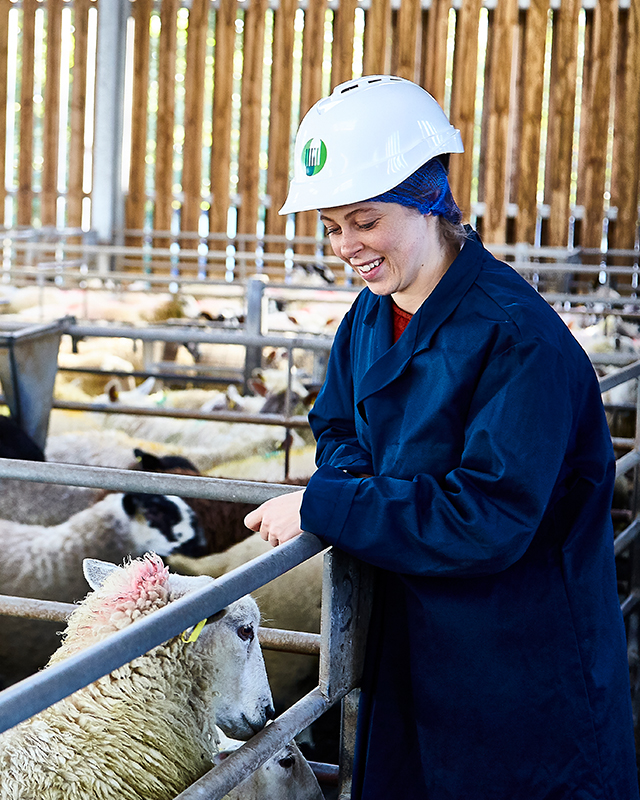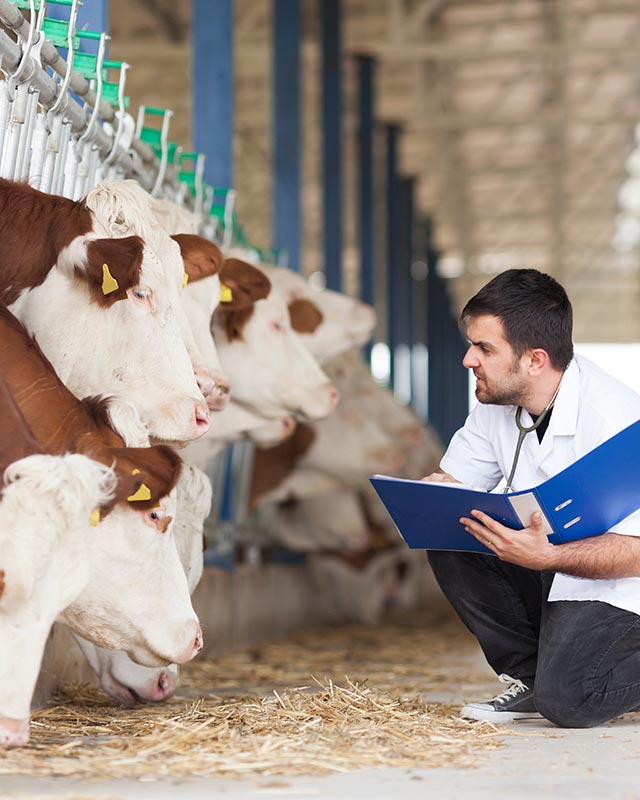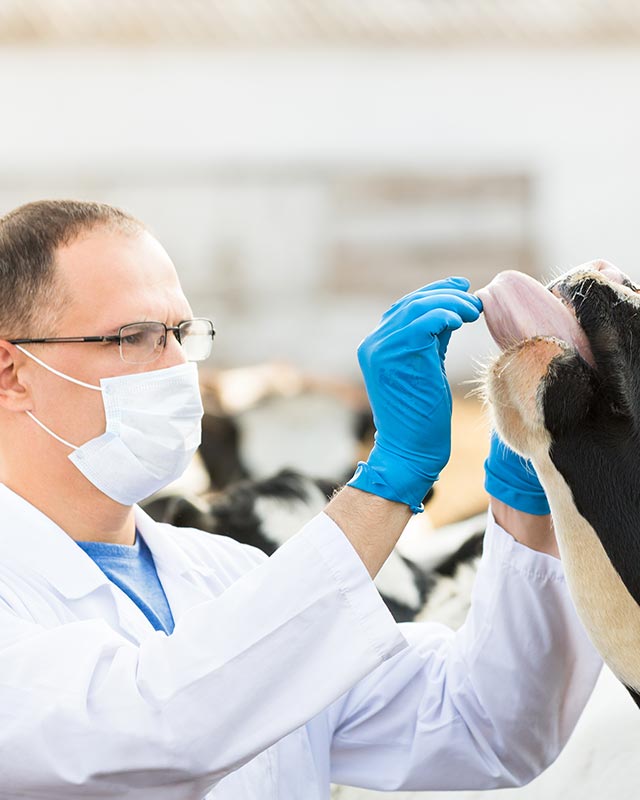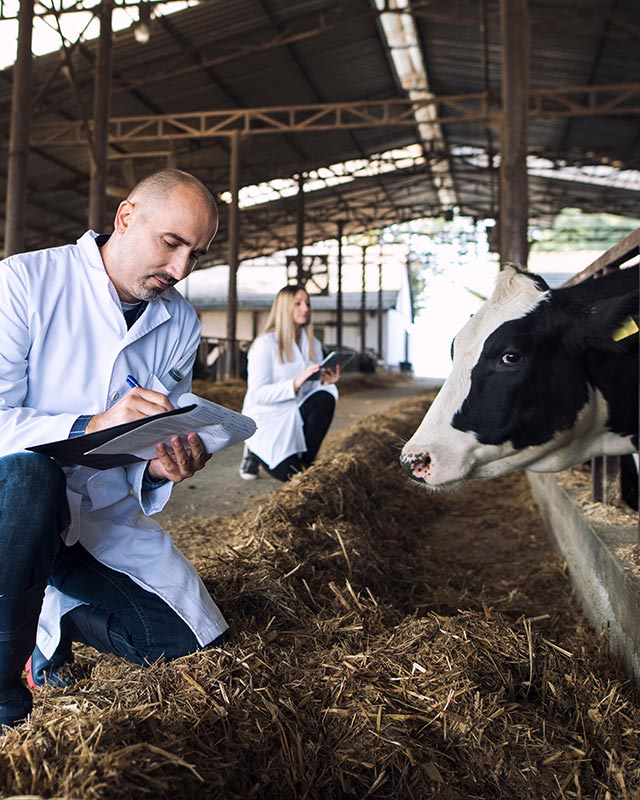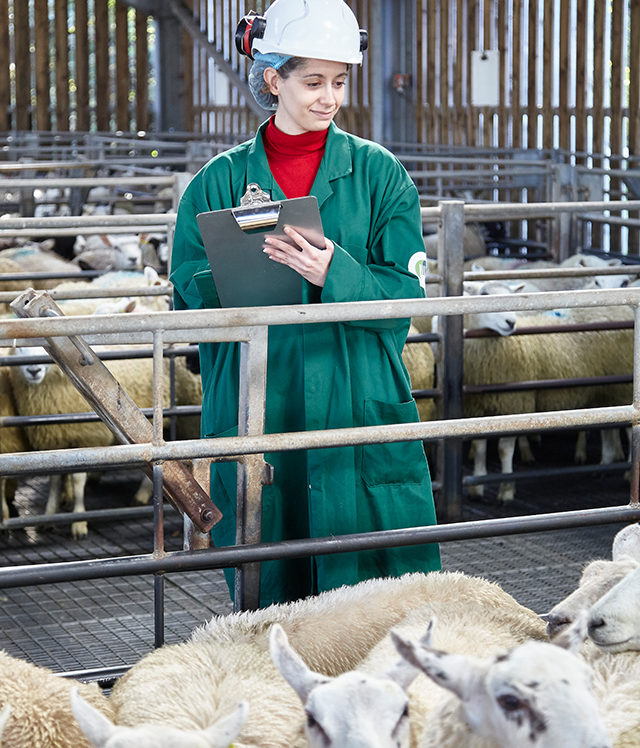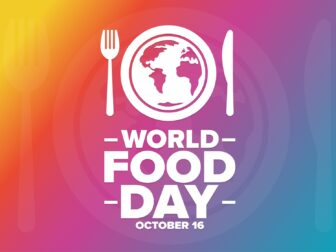On 6 October 2023, Commission Regulation (EU) 2023/2108 was published in the Official Journal of the European Union, amending Annex II to Regulation (EC) No 1333/2008 and the Annex to Commission Regulation (EU) No 231/2012 on nitrites (E 249–250) and nitrates (E 251–252).
The regulation lowers the maximum limits of lead, mercury, and arsenic in nitrites and nitrates and reduces the maximum amounts of nitrites and nitrates that can be used as food additives. The aim is to keep nitrosamine formation as low as possible while maintaining microbiological safety.
In this article, our National Technical Lead for Exports, Georgios Kakarantzas, outlines the changes…
Products in scope
Meat (meat preparations and meat products), fish, and cheese.
Main changes
The regulation:
- Introduces separate provisions for traditional cured meat products.
- Lowers maximum limits for lead, mercury, and arsenic in nitrites (E 249–250) and nitrates (E 251–252).
- Lowers maximum permitted levels of nitrites and nitrates in foods. For nitrites, the levels are binding. For nitrates, products above the new limits may still be placed on the market, but operators must investigate the reason for exceedance.
- Expresses the revised maximum levels as nitrite and nitrate ions, aligned with EFSA acceptable daily intake values. Current levels expressed as sodium nitrite or sodium nitrate must be converted by factors of 0.67 for nitrites and 0.73 for nitrates.
Rationale and background
Food additives in processed foods are reassessed regularly. The European Commission decided to re-evaluate nitrites and nitrates as food additives for the following reasons:
- Potassium nitrite (E 249), sodium nitrite (E 250), sodium nitrate (E 251), and potassium nitrate (E 252) have been used for decades as food additives for preservation and food safety, particularly in meat, fish, and cheese products. They also contribute to taste, colour, and other characteristic organoleptic properties. However, these substances can lead to the formation of nitrosamines, some of which are carcinogenic. There is a need to minimise the risk of nitrosamine formation while maintaining protective effects against bacteria, particularly Clostridium botulinum, which causes botulism.
- The existing limits in Regulation (EC) No 1333/2008 were based on the opinions of the Scientific Committee for Food from 1990 and 1995, as well as on the opinion of the European Food Safety Authority of 26 November 2003. New scientific data triggered a revision. All additives authorised before 20 January 2009 are subject to a new risk assessment by EFSA.
- A Commission desk study in 2014 found that nitrite levels added to non-sterilised meat products were usually below Union limits. The report suggested review. Denmark and the organic sector have shown that lower levels work in practice.
- In its scientific opinions on the re-evaluation of nitrites and nitrates as food additives, EFSA concluded that total dietary exposure could exceed the acceptable daily intake (ADI), which may indicate a public health concern.
Timelines for implementation
- The new maximum heavy metal limits (lead, mercury, and arsenic) for potassium nitrite (E 249), sodium nitrite (E 250), sodium nitrate (E 251), and potassium nitrate (E 252) apply from 29 October 2023. Additives placed on the EU market before that date may be used until 29 April 2024. Foods placed on the market before 29 April 2024 may be sold until their use-by date.
- New nitrite and nitrate limits apply from 9 October 2025 for meat and fishery products. For cheeses, the dates vary by category: 9 October 2025, 9 October 2026, or 9 October 2027. For details, see the tables in Annex II of Regulation (EC) No 1333/2008. Products placed on the market before those dates may be sold until their use-by date.
Impact on UK exports
GB and all non-EU countries exporting meat, fish, and cheese with added nitrites and nitrates to the EU must meet the new lower levels.
You can find out about the export services we offer, here: Export Health Certification – E&J

